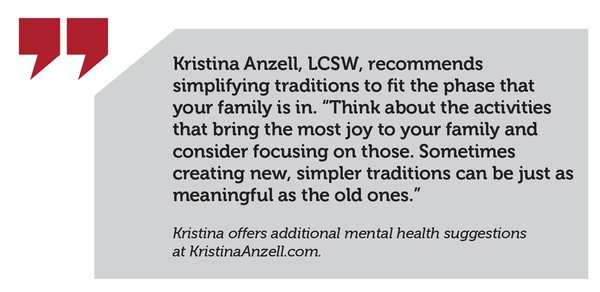Graduated from The Cradle Coach Academy and My Sweet Sleep
Academy
Newborn Care Specialist, The Cradle Coach Academy
Member of the Association of Professional Sleep Consultants
Please introduce yourself. How did you get into sleep consulting?
I’m Lexi Teska of Lullaby Lexi Sleep (baby and toddler sleep consultant, ages 0–5). I trained with The Cradle Coach Academy as a newborn care specialist and sleep consultant and am a certified Sweet Sleep Academy consultant and Association of Professional Sleep Consultants member. I got into this partially because I had three kids under three and had hired a pediatric sleep consultant as a sleep-deprived military spouse with a deployed husband.
What are some of the greatest misconceptions you notice? What is confusing parents and making it harder to encourage healthy sleep?
Often parents think being a sleep consultant means teaching “cry it out”—which couldn’t be further from the truth. There are so many gentle and parent-responsive ways to set your child up with healthy sleep foundations.
A lot of the confusion out there stems from the abundance of online information thrown at parents. Most of the information is general and doesn’t take into consideration your child’s unique temperament. Children are all so different. It’s important to find what works best for each one.
Is there anything special to keep in mind while traveling or hosting? How about encountering different seasons?
While traveling, try to replicate your child’s regular sleep environment and routine. For example, if at home they sleep in a crib with their sleep sack, bring a travel crib and sleep sack on your trip. If you have a toddler who sleeps with their favorite stuffed animal, be sure to bring it along.
For changing seasons/temperatures, it’s important to consider what kind of pajamas your child should have. In colder climates, consider some thicker fleece pajamas, but in warmer climates, you might opt for a lighter onesie or bamboo pajamas.
If you use a sleep sack for your child, you can also look up the thermal overall grade (TOG) rating. The higher the TOG rating, the warmer the fabric: 0.5 TOG sleep sacks may be suitable for warm climates, but you may want one with a TOG rating of 2.0 or higher for a cold climate.
What should you do if your childcare facility does not provide an optimal sleep environment or schedule for your child (for example, a daycare with multiple kids in one room or a schedule that doesn’t align with their natural rhythms)?
I always tell parents to try not to stress about things that aren’t in their control. Children are so adaptable. Make the best of the situation and focus on what you can when your child is at home. An early bedtime—even as early as 6 p.m.—can work wonders on days where naps aren’t great.
Toddlers and preschoolers often deal with teething or getting sick. What are some ways to help adjust sleep practices and encourage them to bounce back to a great sleep routine after the teeth are in, for example?
Give extra comfort when needed, but try to stay consistent in the routine. It’s okay if things look different for a day or two, but always try to get right back to the normal routine to prevent new habits from forming.
How do you help a toddler sleep on the go (such as in a car seat, carrier, or stroller) or in a noisy or well-lit environment if they typically fall asleep in a quiet, dark environment?
All toddlers are different. Some do really well napping on the go, but so many struggle with this. It can help to have them in the car seat or stroller before their scheduled nap time so they aren’t already overtired before you head out. There are also great portable sound machines.
How late is too late for a toddler or preschooler to go to sleep?
This depends on what time they wake up and their overall schedule for the day. The ideal range for bedtime in line with natural circadian rhythms is 7–8 p.m.
How do you get preschoolers to not draw out bedtime (for example, to stop asking for lots of things before sleeping)?
Toddlers are natural boundary pushers, which is a healthy and normal part of development. I love to use a “bedtime pass.” It helps children get that sense of control that they crave. Essentially, they get a special ticket each night at bedtime, and they then can choose if and when to turn in that ticket for a chance to get out of bed for a specific reason.
Once the ticket has been used, it’s important for parents to practice holding the boundary and explain, “You have already used your bedtime pass tonight. You will get a new bedtime pass tomorrow night.”
Talk to me about “sleep training.” We know some babies are too young for sleep training. Is there a too-old-for-sleep-training age and/or do the methods change after a certain age?
The schedules and routines may change based on the child’s age, but the actual sleep training method that I use is the same despite age. I always use a gentle approach where the parent stays in the room with their child until the child is asleep.
There is no age limit to learning healthy sleep hygiene. I’m certified through age 5, but other sleep consultants work with older children.
When should parents/caregivers reach out for help?
Before you become overwhelmed—lack of sleep takes a toll on the whole family. I offer free 20-minute consultations for anyone who wants to discuss options for their specific situation.
For additional information: LullabyLexiSleep.com

